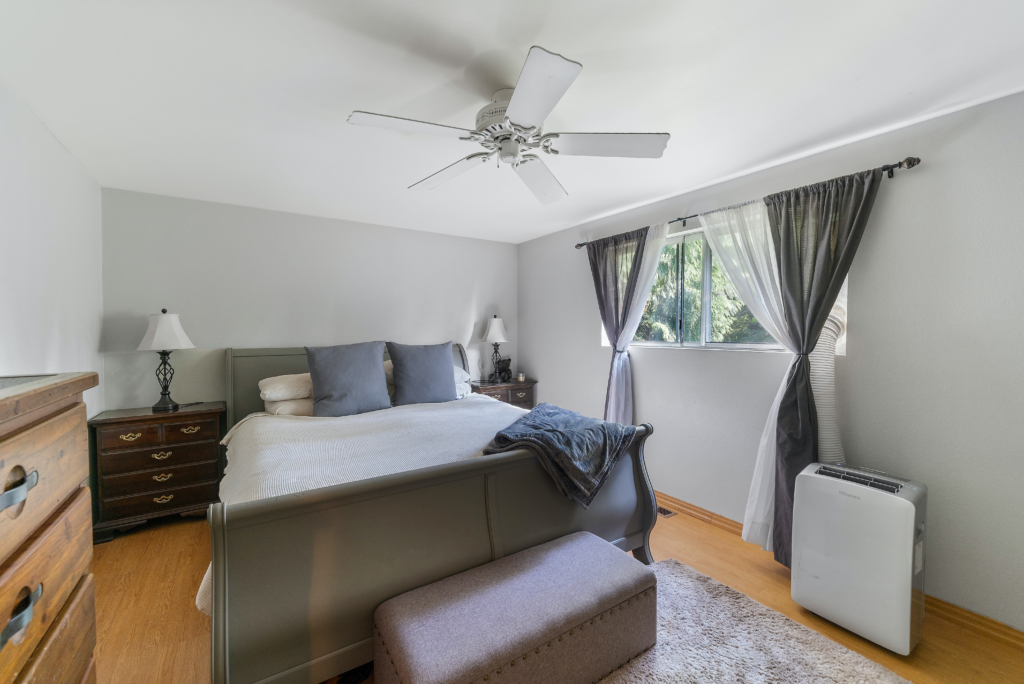Choosing the right lighting for your Mornington home or business is a crucial aspect of interior and exterior design. Lighting not only affects the functionality of a space but also sets the mood and enhances aesthetics. With a myriad of options available, making informed decisions about lighting selection can seem overwhelming. In this guide, we’ll navigate through the factors to consider when choosing lighting for your Mornington property, ensuring a well-lit and visually pleasing environment.
1. Understand Your Space
Begin by assessing the different areas of your home or business. Each space has unique lighting requirements based on its purpose and design. For instance, the lighting needs of a kitchen will differ from those of a bedroom or a conference room. Tailoring your lighting choices to the function and layout of each space is essential.
2. Types of Lighting
Lighting can be categorized into three main types: ambient, task, and accent lighting.
- Ambient Lighting: This is the overall illumination of a room and sets the general tone. Chandeliers, pendant lights, and ceiling lights are common ambient lighting options.
- Task Lighting: Task lighting provides focused light for specific activities such as reading, cooking, or working. Table lamps, under-cabinet lights, and desk lamps fall into this category.
- Accent Lighting: Accent lighting is used to highlight specific features or areas like artwork, architectural elements, or plants. Spotlights, track lights, and wall sconces are popular choices for accent lighting.
Balancing these types of lighting appropriately within your space is essential for a well-rounded lighting scheme.
3. Consider the Source: LED vs. Incandescent vs. CFL
Understanding the different light bulb options is crucial for energy efficiency and lighting quality.
- LED (Light Emitting Diode) Lights: Highly energy-efficient, long-lasting, and available in various color temperatures. LED lights are the go-to choice for modern lighting solutions.
- Incandescent Lights: Traditional but less energy-efficient, these lights emit a warm, inviting glow. They are gradually being phased out due to their energy consumption.
- CFL (Compact Fluorescent Light) Lights: More energy-efficient than incandescent lights but less so than LEDs. CFLs are a good compromise if you’re looking for a more affordable option.
4. Color Temperature
Understanding color temperature (measured in Kelvin) is crucial for setting the desired ambiance. Lower Kelvin values (2700-3000K) produce warm, cozy light, suitable for living rooms and bedrooms. Higher Kelvin values (4000K and above) provide cooler, more energetic light, ideal for workspaces and kitchens.
5. Fixture Style and Design
Select fixtures that complement the style and theme of your space. Whether you prefer modern, industrial, vintage, or minimalist designs, there are fixtures to suit every aesthetic. Consider factors like size, shape, color, and material to ensure a cohesive look.
6. Outdoor Lighting
Outdoor lighting is equally important for homes and businesses in Mornington. It enhances curb appeal, improves security, and allows for safe movement during the night. Choose weather-resistant fixtures and consider options like pathway lights, garden lights, and motion-activated floodlights for optimal outdoor lighting.
7. Energy Efficiency and Sustainability
Opt for energy-efficient lighting options to reduce electricity consumption and minimize your carbon footprint. LED lights are the most eco-friendly choice, lasting longer and consuming less energy compared to traditional alternatives.
8. Consult with a Professional Electrician
When in doubt, seeking guidance from a professional electrician in Mornington is always a wise decision. Electricians can provide expert recommendations based on your unique needs, ensuring the most effective and efficient lighting solutions for your home or business.
In conclusion, selecting the right lighting for your Mornington property involves understanding the space, considering various lighting types, evaluating bulb options, understanding color temperature, matching fixtures with your design, addressing outdoor lighting needs, prioritizing energy efficiency, and seeking professional advice. With careful consideration and informed choices, you can illuminate your space in a way that enhances its beauty, functionality, and sustainability.

